Do you ever wonder if your shy lizard, nervous snake, or jumpy gecko could become a calm companion, content to rest in your hands? The idea of taming a reptile may seem daunting, even impossible, especially when faced with their wild instincts and mysterious personalities. But here’s a surprising truth: with the right techniques and a gentle touch, almost any reptile can learn to trust and enjoy handling. Imagine the thrill of building a real bond with your scaly friend—one based on patience, respect, and understanding. Dive in to discover practical, proven training techniques that can transform your reptile’s behavior and deepen your connection in ways you never thought possible!
Create a Calm Environment
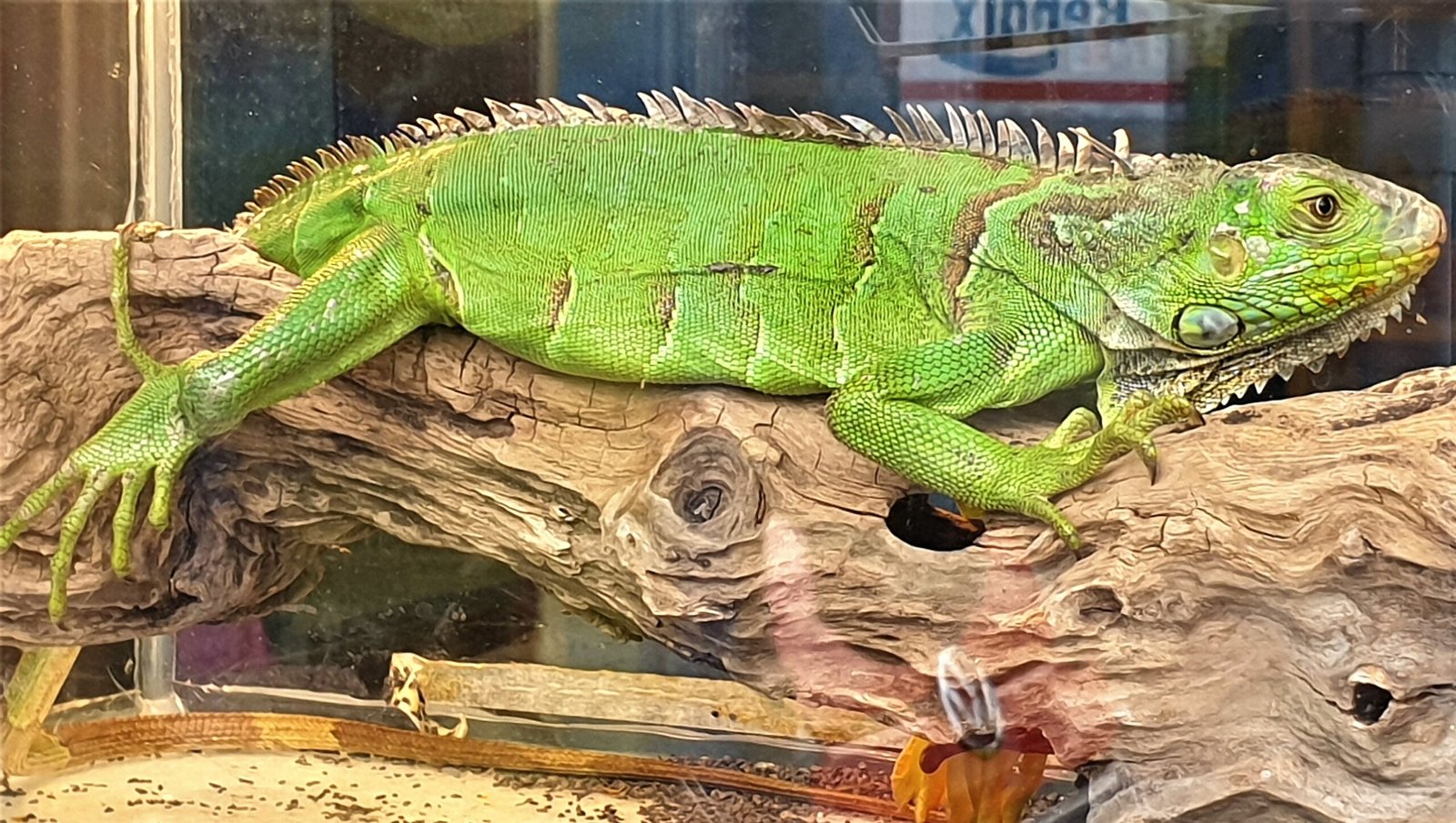
The first step in taming your reptile is to make sure their environment is as stress-free as possible. Loud noises, frequent vibrations, or sudden movements can spook reptiles and make them wary of human contact. Place their enclosure in a quiet area away from high-traffic spots like hallways or living rooms. Use gentle lighting and maintain a stable temperature and humidity, as sudden changes can make reptiles anxious. Think of their habitat as their safe haven—if they feel secure there, they’ll be much more open to interacting with you. Covering part of the enclosure with a towel or background can also help your reptile feel less exposed. The more peaceful their home, the easier it is for them to trust you during training and handling sessions.
Start with Observation
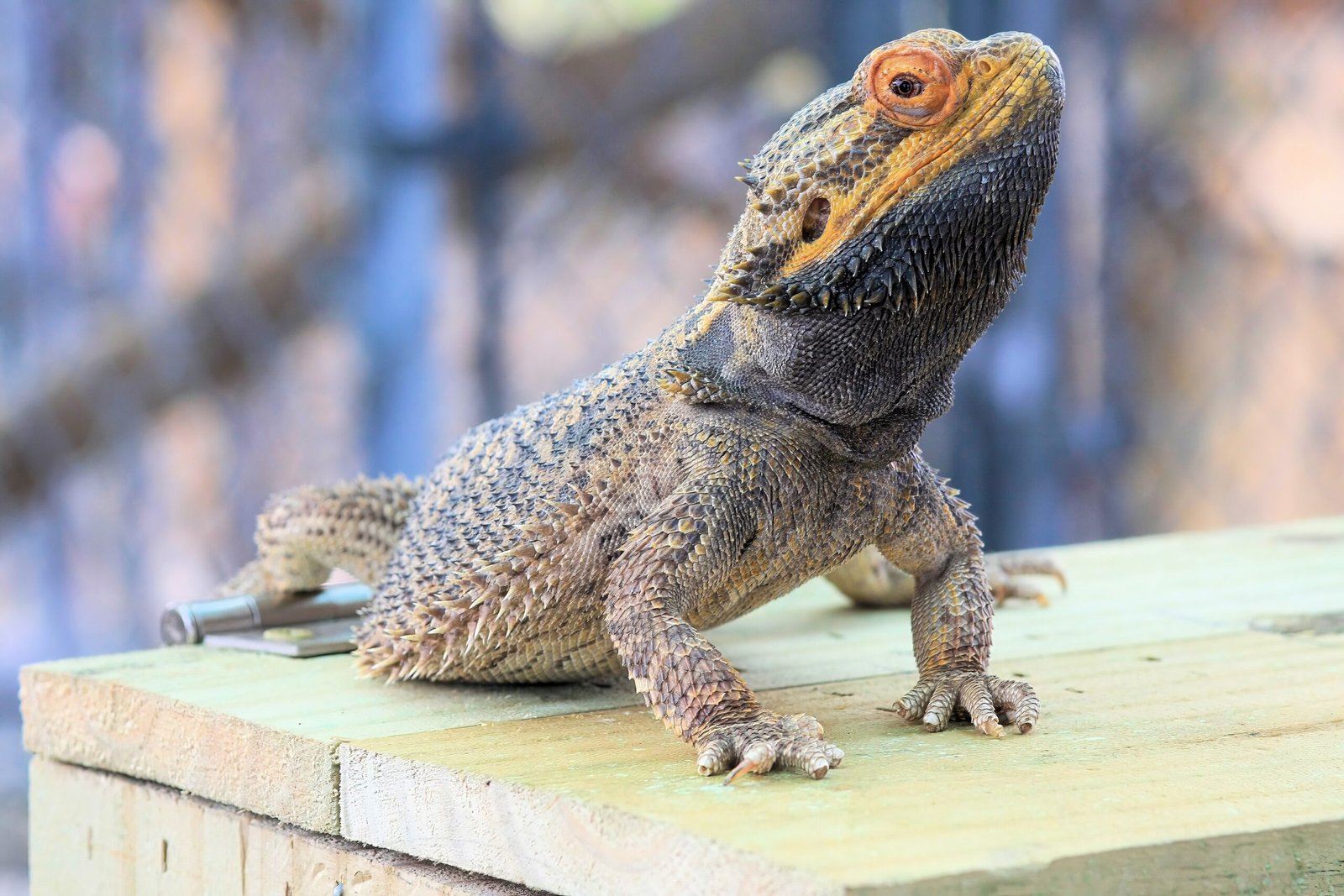
Before attempting any direct interaction, take some time to simply watch your reptile. Notice their favorite spots in the enclosure, their body language when they’re stressed, and what times of day they’re most active. This observation period is crucial—it helps you understand their comfort zones and recognize the subtle signs of fear or curiosity. For example, a bearded dragon may flatten its body and darken its beard when anxious, while a snake might coil tightly or hide. By learning these signals, you can approach handling at the right moments and avoid causing unnecessary stress. This slow start builds the foundation for trust, showing your reptile that you respect their boundaries.
Hand-Feeding Treats
One of the most effective ways to gain a reptile’s trust is through positive associations—especially with food! Use their favorite treats to encourage gentle interaction. Start by offering the treat with tongs or your fingers near the enclosure, slowly moving closer as your reptile becomes more comfortable. Eventually, your pet may start to approach you on their own, associating your presence with something enjoyable. Hand-feeding not only builds trust but also helps your reptile learn that your hands are safe, not a threat. Remember, patience is key—never rush or force the interaction, and always use treats that are safe and suitable for your specific reptile species.
Gradual Approach and Retreat
Reptiles are naturally alert to sudden movements, so a slow and steady approach is essential. Begin by placing your hand inside the enclosure without trying to touch your reptile. Allow them to investigate at their own pace. If they seem calm, gently move your hand closer over time. If they retreat, calmly withdraw your hand and try again later. This approach and retreat method teaches your reptile that you aren’t a predator and that they can control the interaction. Over repeated sessions, you’ll notice your reptile becoming less wary, eventually allowing you to touch and handle them. This gradual process can take days or even weeks, but the results are well worth the gentle persistence.
Short, Consistent Sessions
Consistency is key when training reptiles for handling. Instead of long, overwhelming sessions, aim for short, regular interactions—just five to ten minutes at a time, once or twice a day. This helps your reptile adjust without becoming stressed or overstimulated. Always end sessions on a positive note, such as when your reptile is calm or has just accepted a treat. Over time, these brief but consistent encounters will add up, leading to lasting comfort with handling. Think of it like learning a new language: a little practice each day is much more effective than occasional, intense lessons.
Gentle Touch and Support
When your reptile is ready for physical contact, the way you touch and support them matters greatly. Always use slow, gentle movements, and avoid grabbing or squeezing. For lizards, support their body fully, including their legs and tail, to help them feel secure. Snakes should be supported along the length of their body, never dangling from one point. Never restrain a reptile tightly, as this can trigger panic and damage trust. Instead, think of your hands as a soft platform, giving your pet the choice to move or rest as they please. Over time, your reptile will learn that your touch is safe and non-threatening.
Respect Their Signals
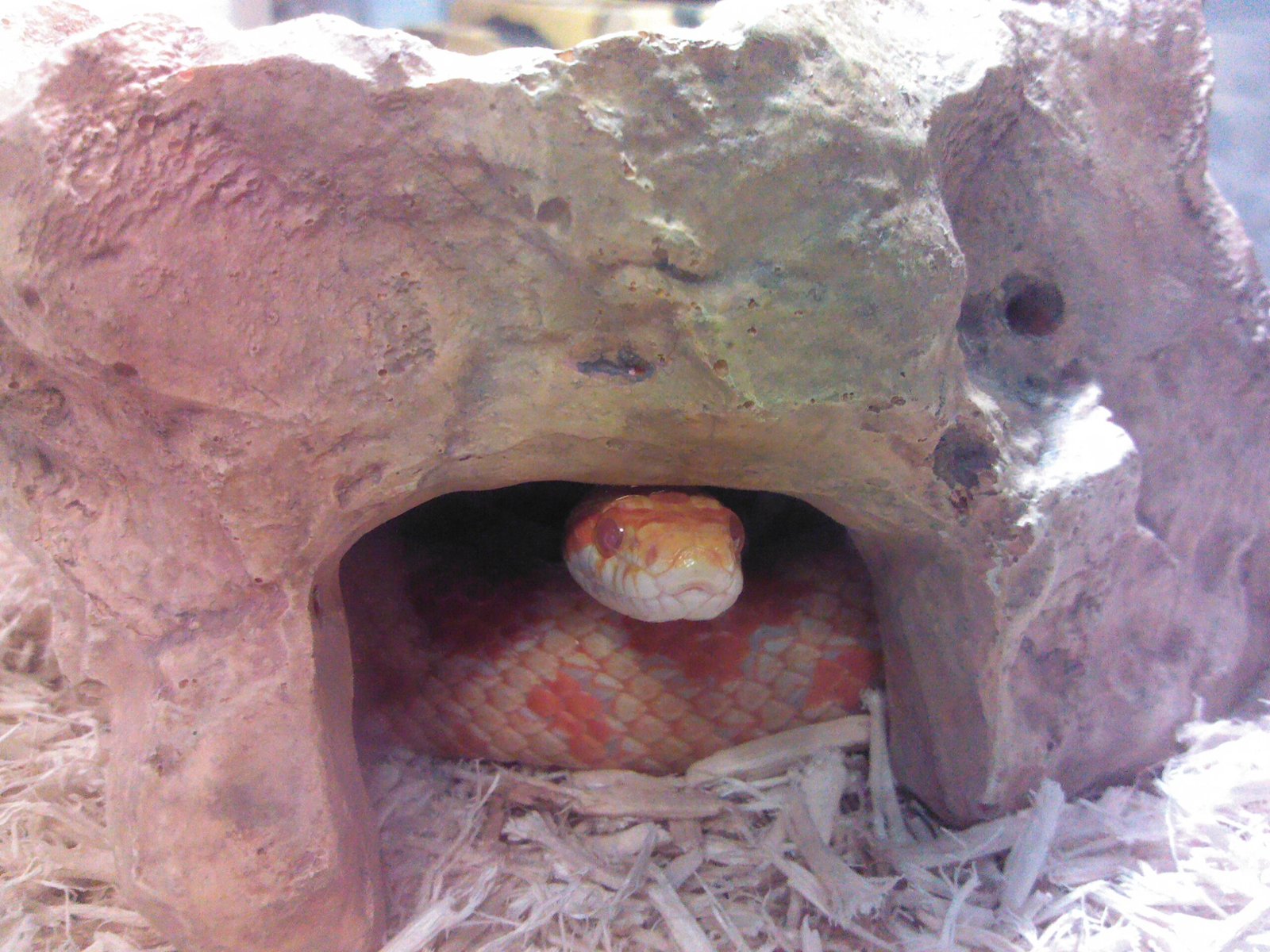
Every reptile has unique ways of communicating their comfort or discomfort. Hissing, tail rattling, puffed-up bodies, or retreating are all signs that your pet isn’t ready for handling. Respect these signals and give your reptile space when they ask for it. Pushing past their limits can undo progress and make future training harder. On the other hand, recognizing and responding to their needs builds trust and makes your reptile more likely to seek out your company. Remember, taming a reptile is a partnership—they need to feel in control, too.
Use Scent Familiarization
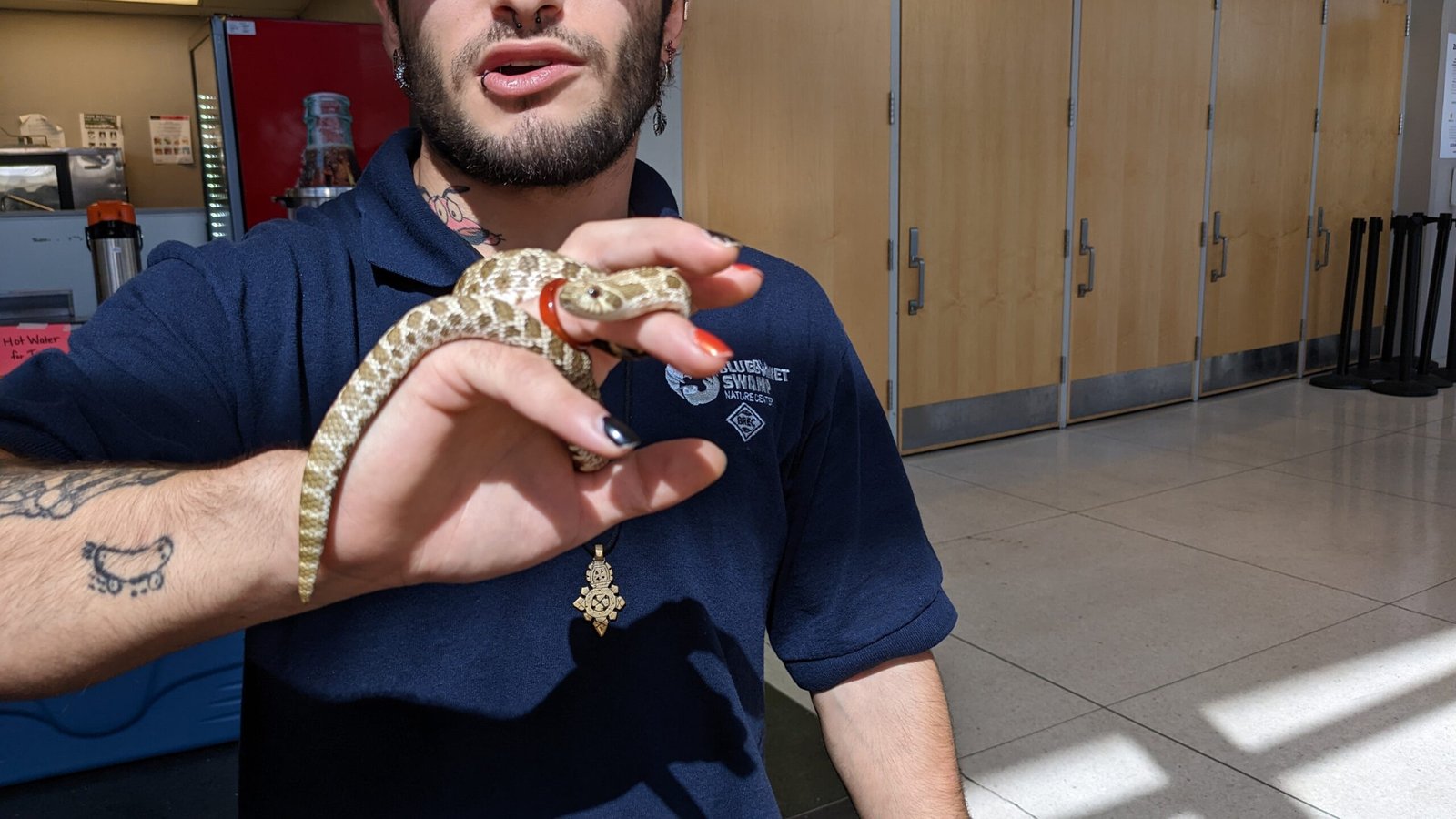
Reptiles rely heavily on their sense of smell to understand the world. By placing a piece of clothing or cloth with your scent near their enclosure, you can help them get used to you even when you’re not handling them. Some owners also gently rub their hands on items in the enclosure to blend their scent with the reptile’s environment. This technique makes your presence less alarming and more familiar, reducing stress during handling sessions. Over time, your reptile will associate your scent with safety and routine, making close interaction much easier.
Clicker Training and Targeting
Believe it or not, reptiles can learn through positive reinforcement, much like dogs or birds. Clicker training uses a small device that makes a distinct sound, paired with treats to mark desired behaviors. Start by “charging” the clicker—click and immediately offer a treat, so your reptile learns to associate the sound with something positive. You can then use the clicker to encourage your reptile to move toward a target stick or to climb onto your hand. This method not only makes handling easier but also provides mental stimulation, which is especially valuable for intelligent species like monitors and tegus.
Build Trust Over Time
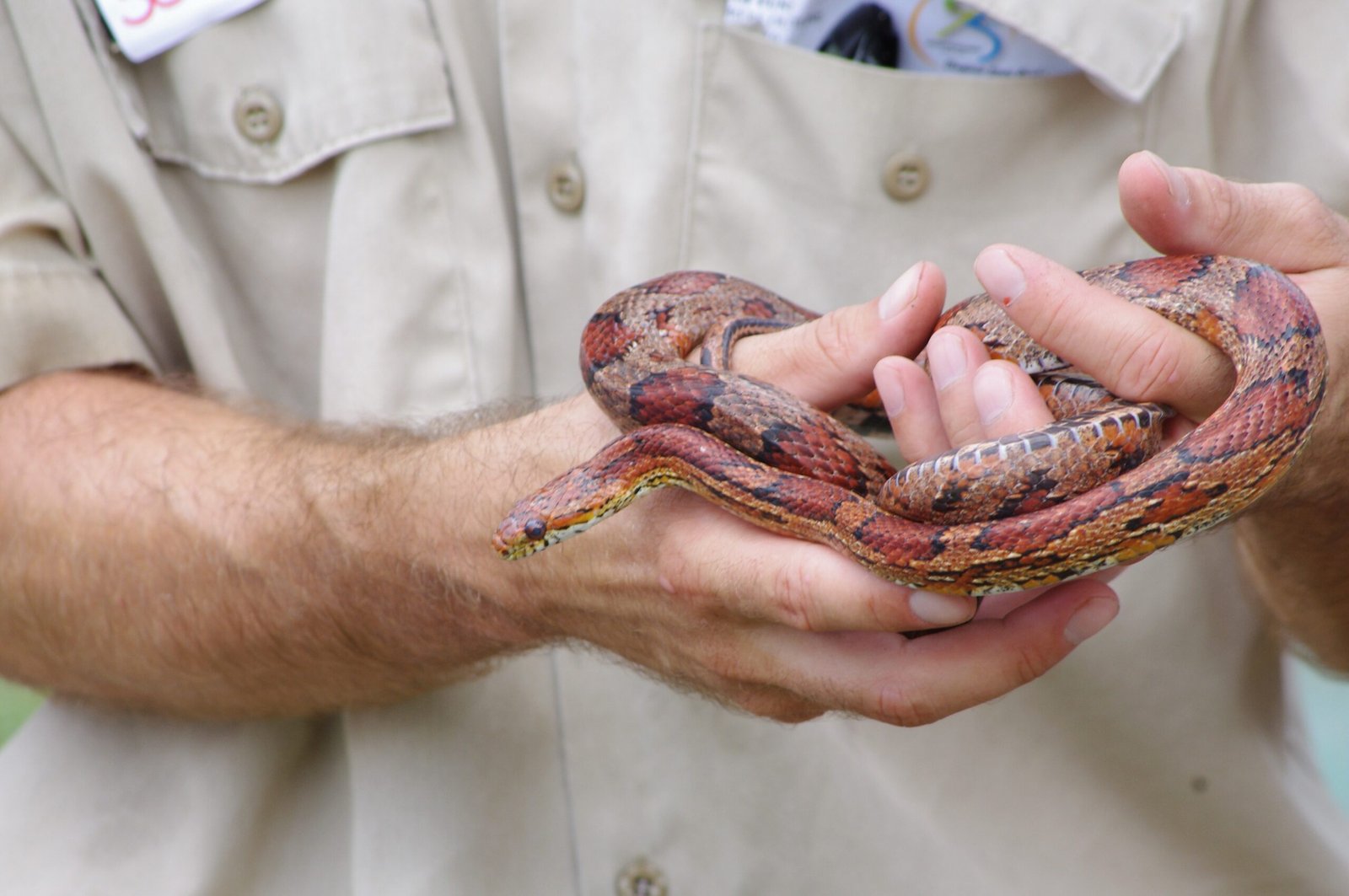
Perhaps the most important technique of all is patience. Building trust with a reptile isn’t a race—it’s a journey that unfolds at your pet’s pace. Celebrate small victories, like your reptile taking food from your hand or sitting calmly in your palm. Remember, setbacks are normal; some days your reptile may be more timid, especially during shedding or after enclosure changes. Stay positive, keep sessions gentle, and never lose sight of your goal: a confident, trusting reptile who enjoys spending time with you. Your dedication will pay off with a bond that’s as rewarding as it is unique.
Taming your reptile isn’t about rushing—it’s about building trust, one calm moment at a time. With patience, consistency, and a little insight into their behavior, you’ll be surprised at how responsive even the most reserved reptiles can be. These techniques help create a safe, respectful bond that makes handling less stressful for both of you. Stick with it, and soon enough, your scaly friend might actually look forward to hanging out with you!

Linnea is a born and bred Swede but spends as much time as possible in Cape Town, South Africa. This is mainly due to Cape Town’s extraordinary scenery, wildlife, and atmosphere (in other words, because Cape Town is heaven on earth.) That being said, Sweden’s majestic forests forever hold a special place in her heart. Linnea spends as much time as she can close to the ocean collecting sea shells or in the park admiring puppies.





